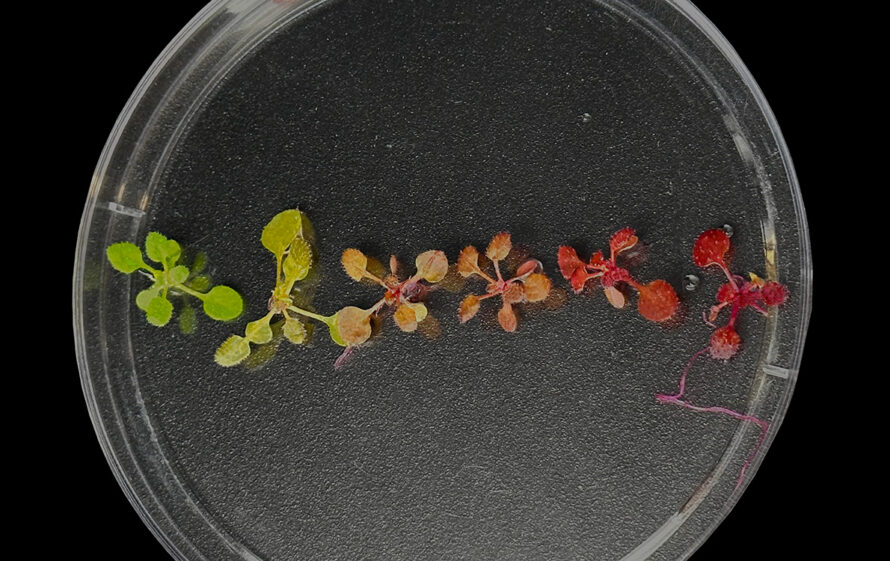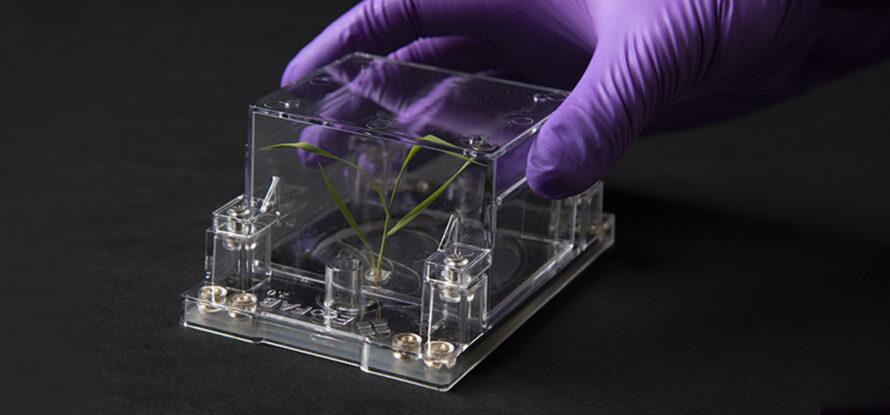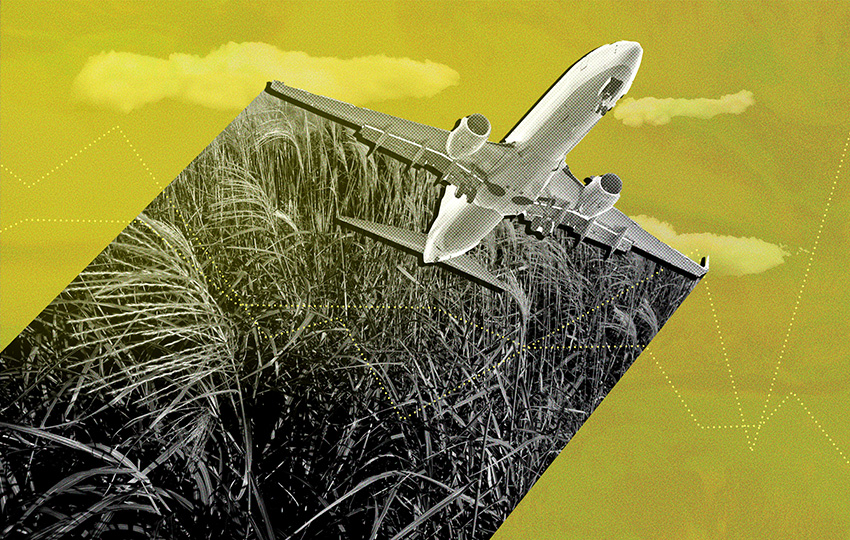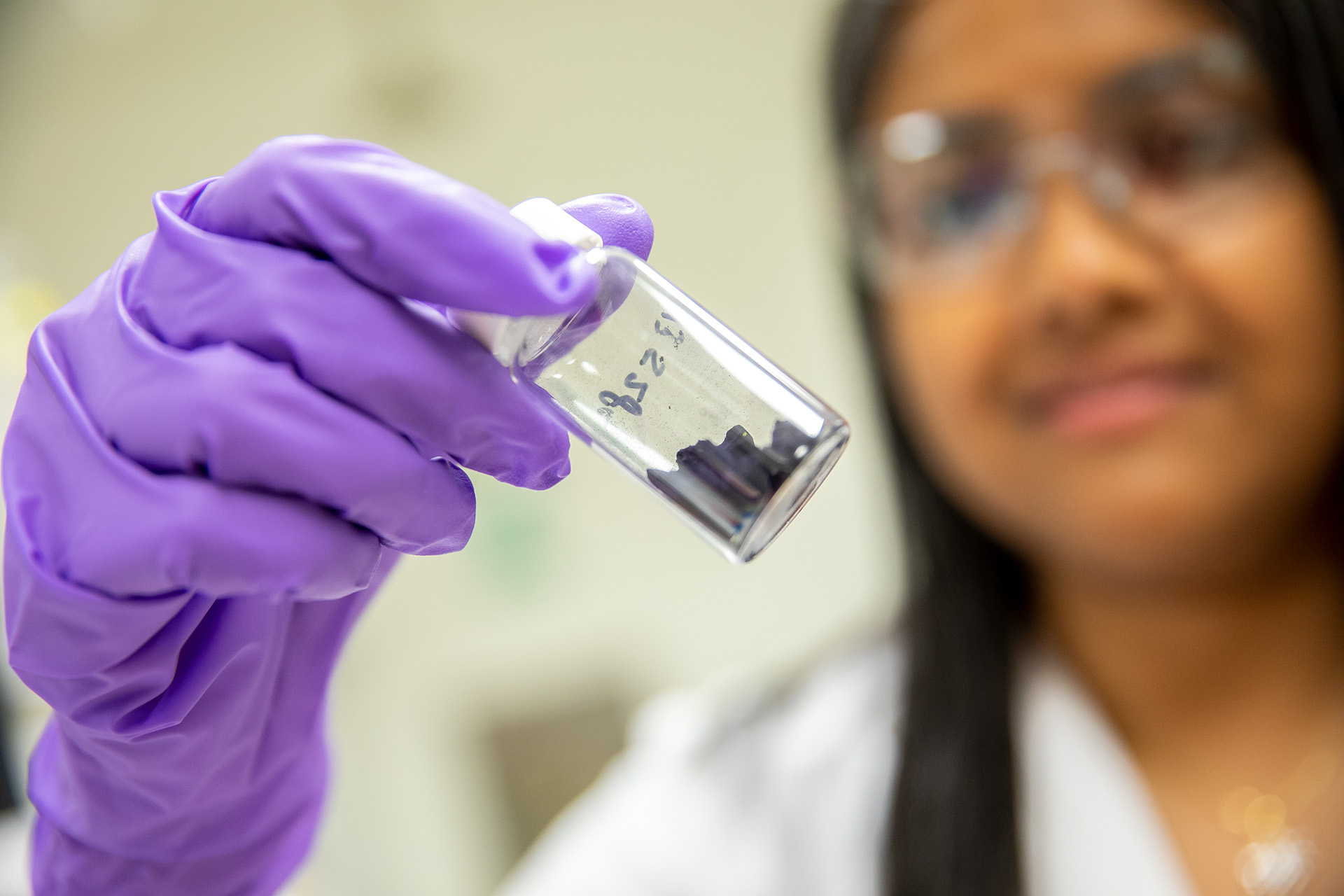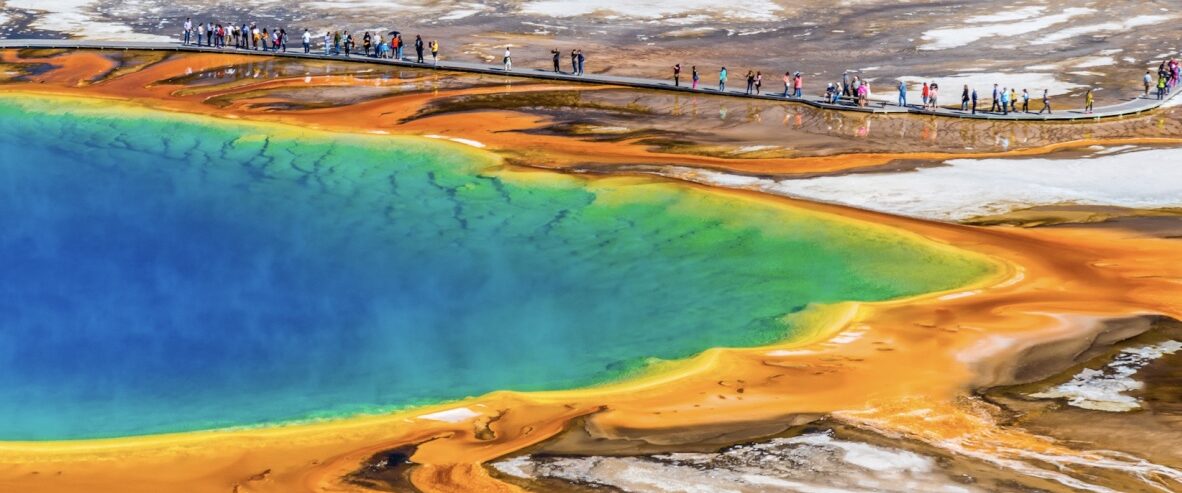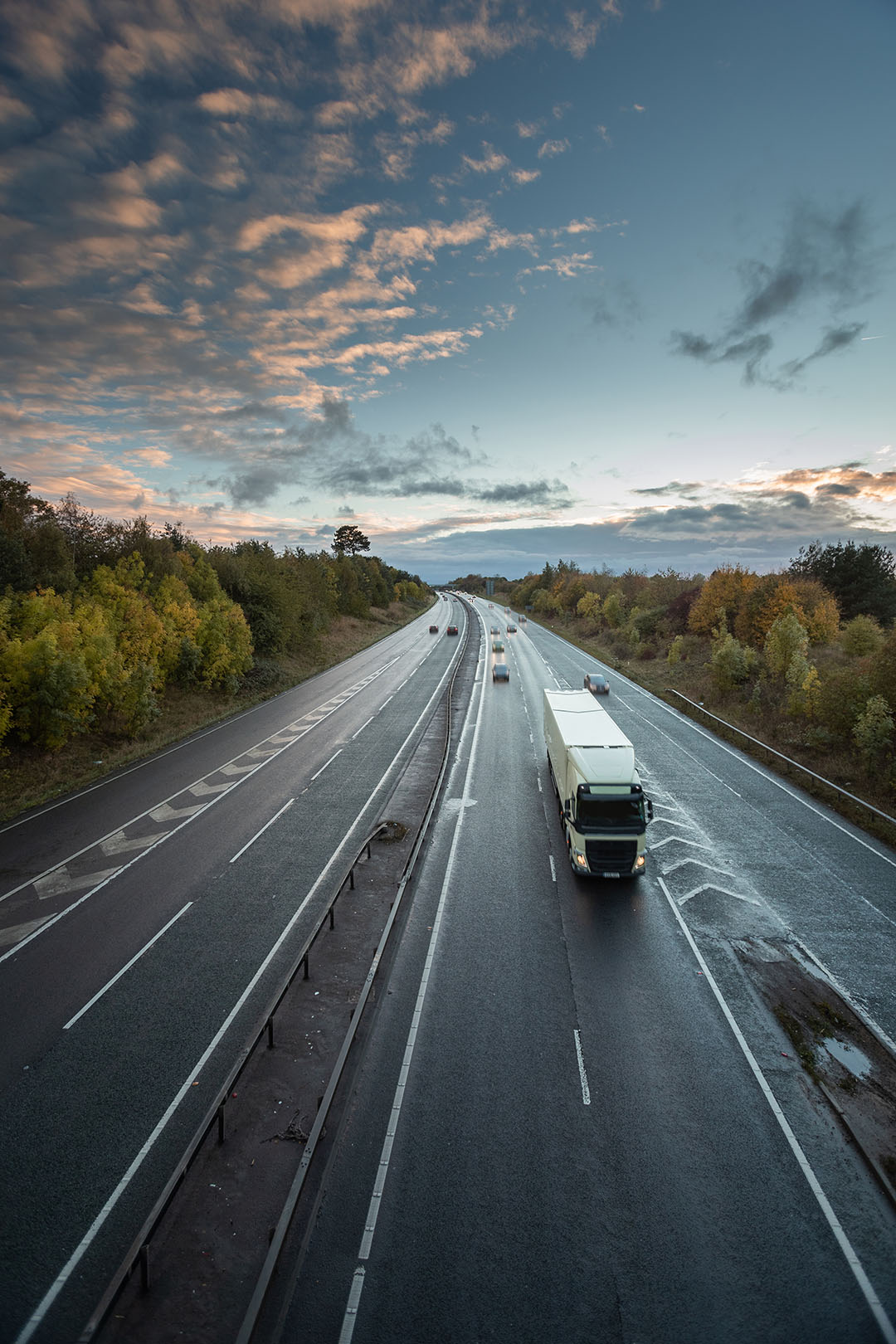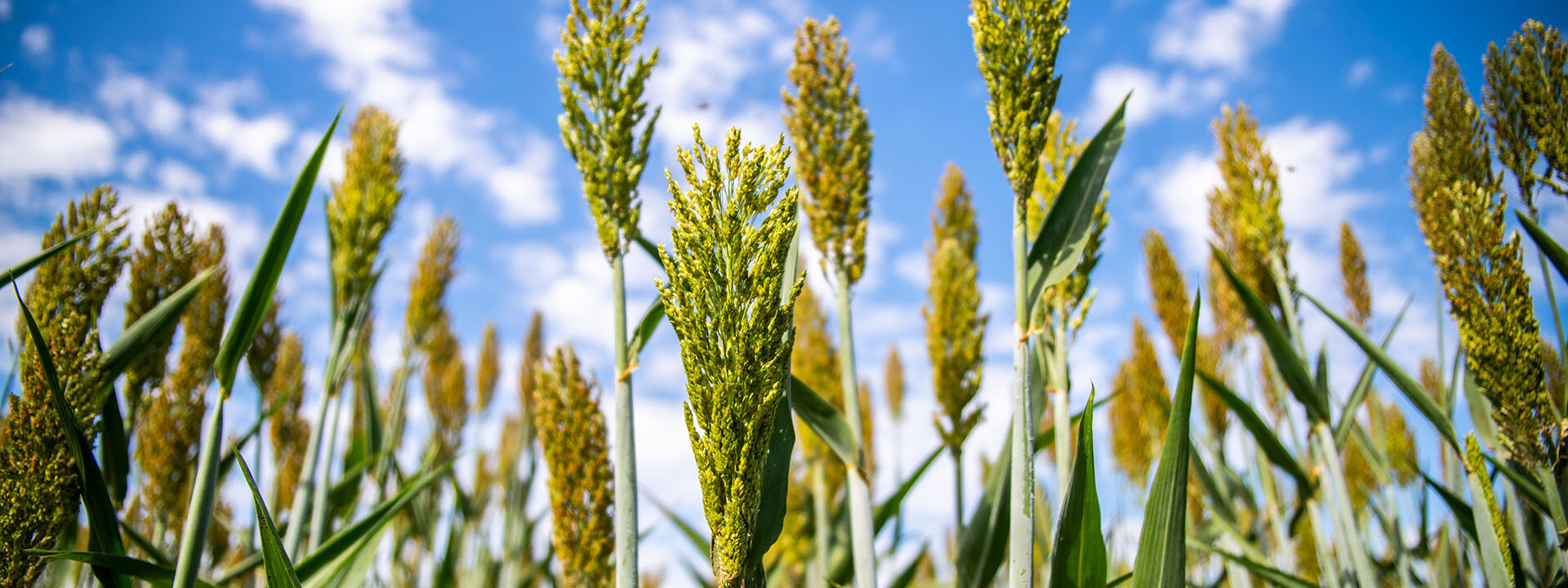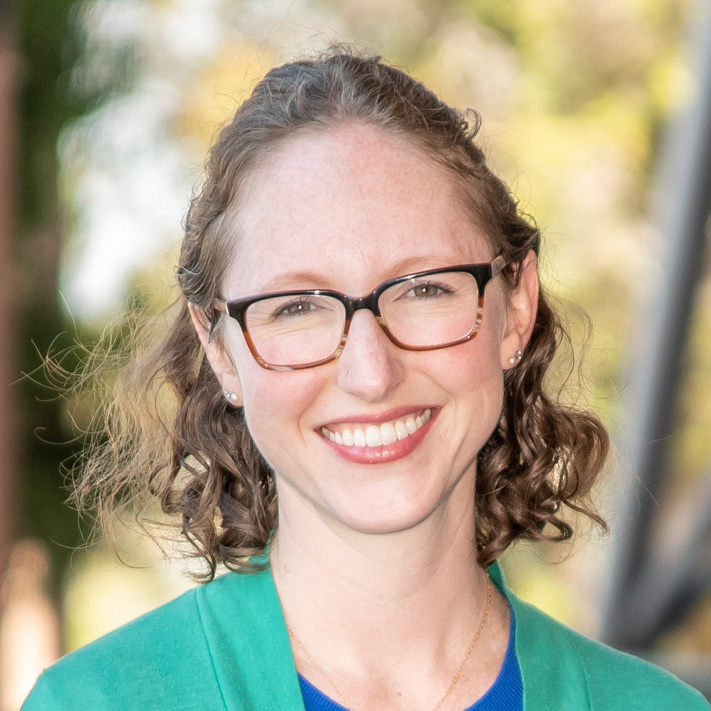
Sustainable transportation fuels
Using microbial fermentation and other biomanufacturing processes to convert plant waste into liquid fuels for transportation and aviation.
Carbon negative biorefineries
Harnessing microbes to produce biofuels and bioproducts from greenhouse gasses — CO2 and methane — captured from the atmosphere.
Techno-economic analysis
A type of simulation that analyzes the financial and environmental outcomes of biomanufacturing processes based on the technology used and the chemical inputs, allowing researchers to design the most efficient and responsible “recipes” for large-scale production.
Biofuel process development and scale-up
Developing and optimizing all phases of the biofuel manufacturing processes, from engineering microbes to break down woody plant tissue to final product purification.
Bio-advantaged fuels
Using natural pathways to develop new fuels with superior capabilities to traditional petroleum fuels.
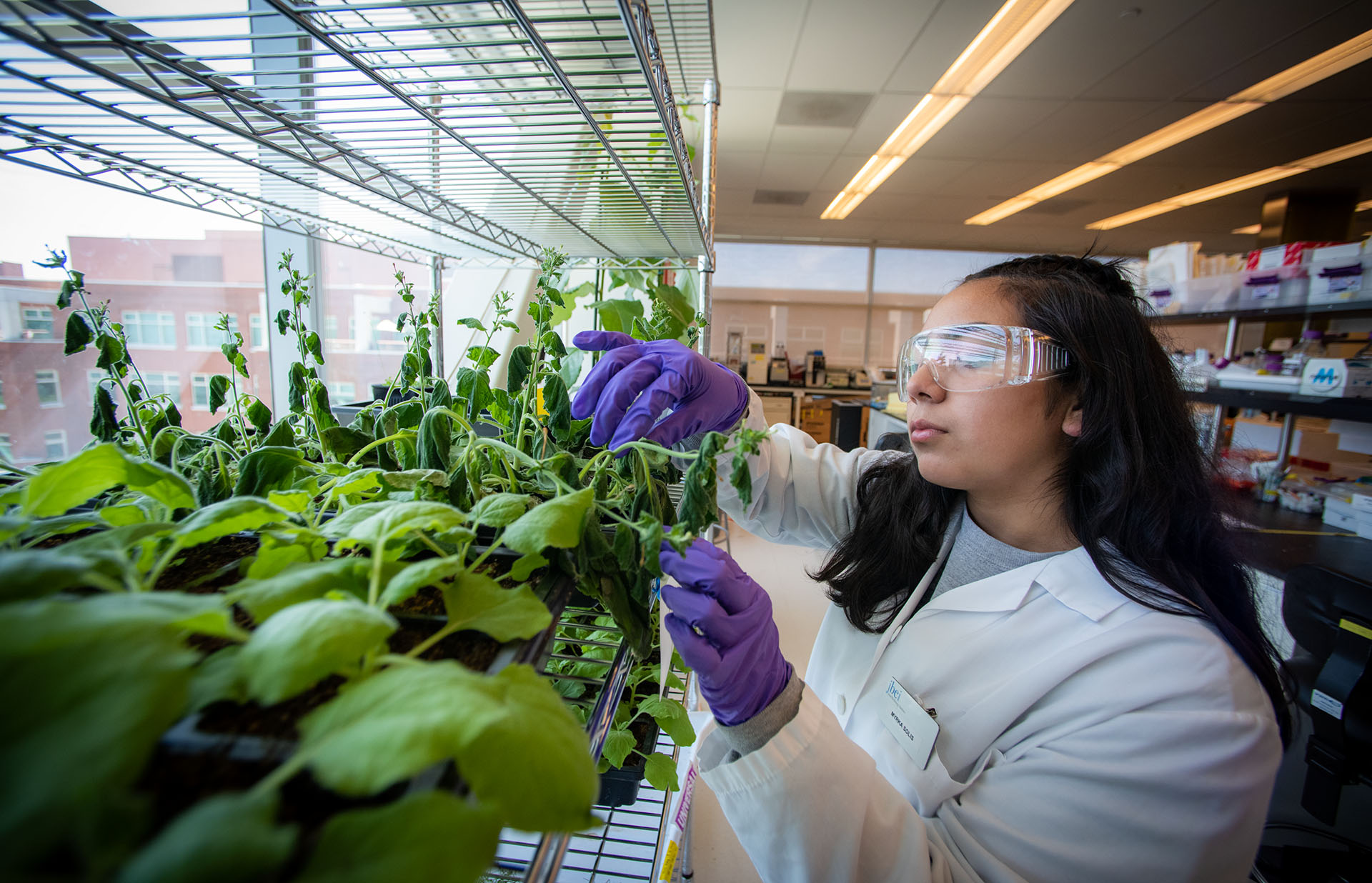
JBEI researchers are using the latest tools in molecular biology, chemical engineering, and computational and robotic technologies to transform biomass into carbon-neutral biofuels and bioproducts.
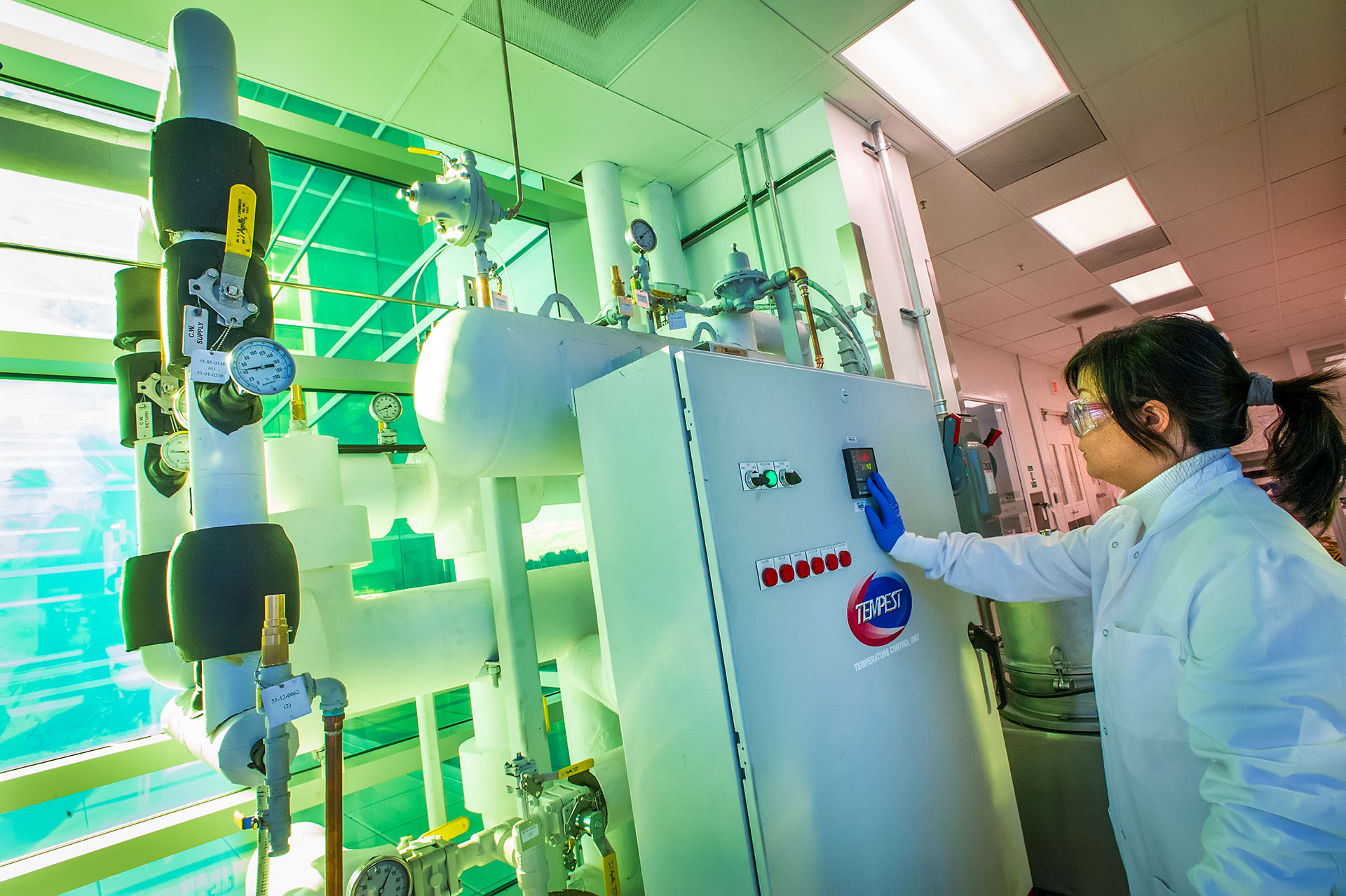
The ABPDU collaborates with academic labs, start-ups, and established companies to accelerate new biology-based products from early R&D to market readiness.
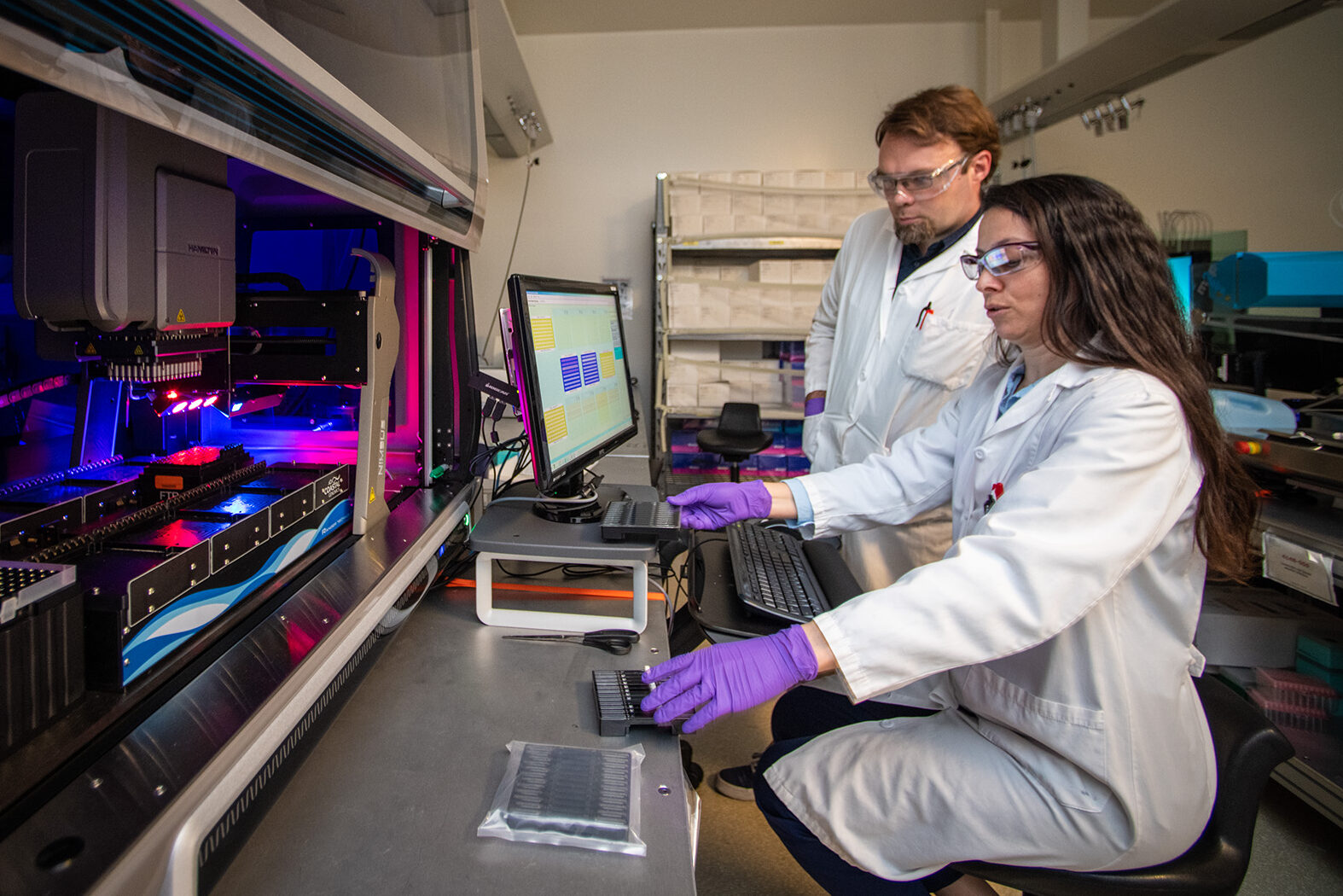
The Agile BioFoundry, a consortium of national laboratories dedicated to accelerating biomanufacturing and decarbonizing the economy, engineers biological systems to perform desired functions and produce molecules at optimal yields, efficiencies, and costs.
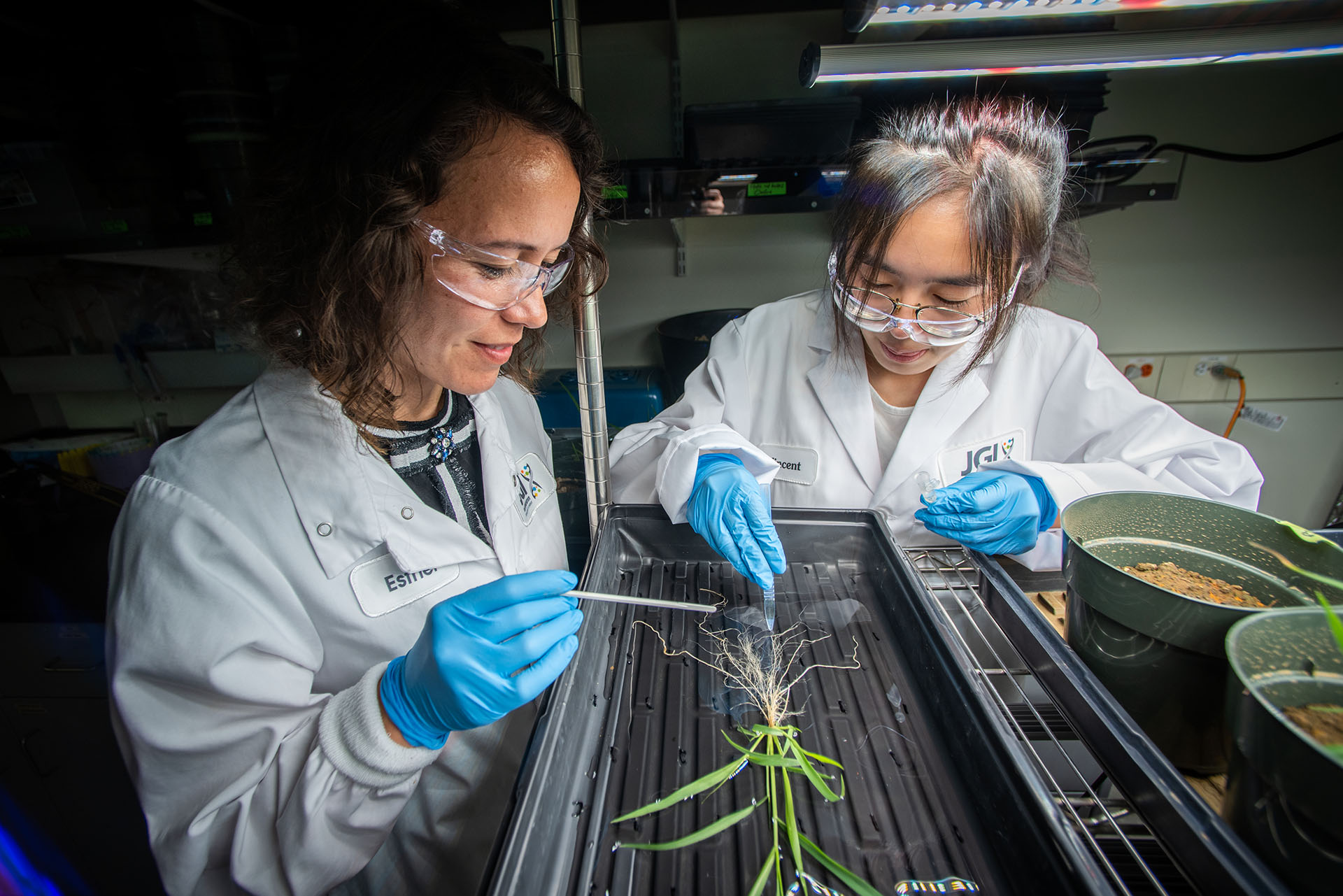
The JGI provides integrated high-throughput sequencing, DNA design and synthesis, cell metabolite analysis, and computational analysis that helps researchers engineer better biofuel plant species and microbes that convert tough plant matter into fuel precursors like ethanol.

This DOE Bioenergy Technologies Office-funded consortium focuses on research to transform CO2 and electrons into sustainable aviation fuels.
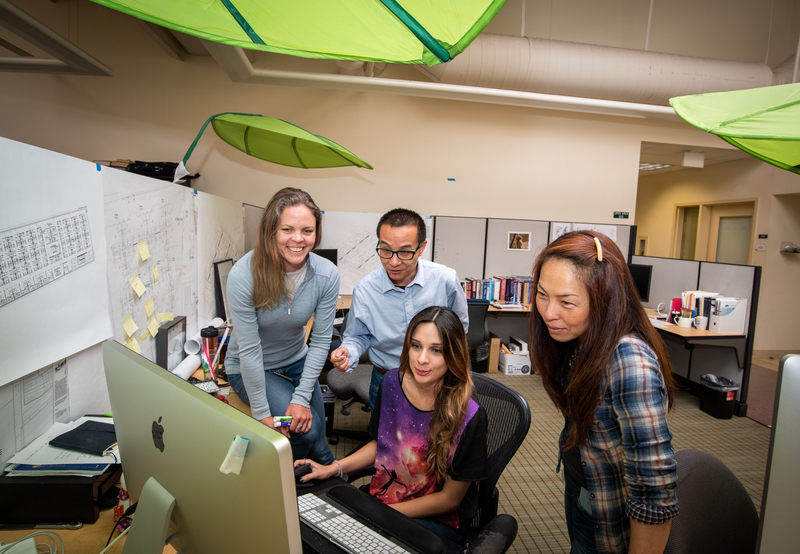
KBase integrates a variety of data and analysis tools into an easy-to-use, collaborative platform for building increasingly realistic models for biological function.
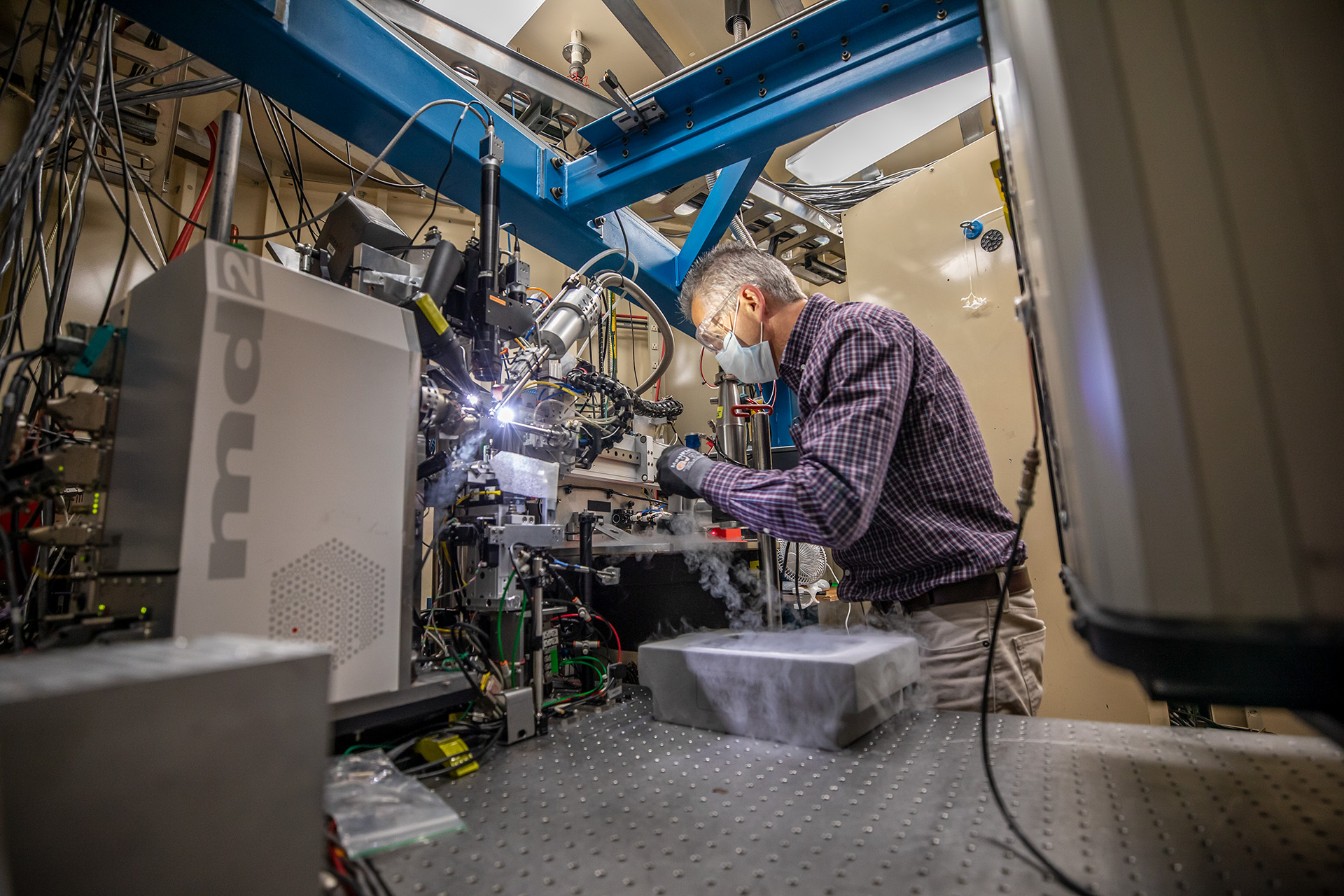
A collective of X-ray beamlines at the Advanced Light Source (ALS) that are dedicated to crystallography and small-angle scattering for cutting-edge structural biology investigations.
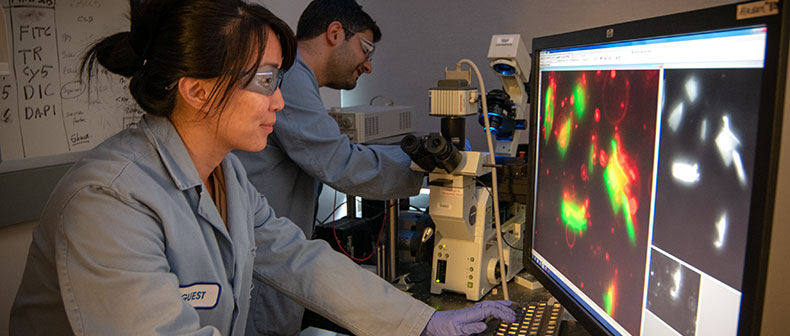
The biological facility at the Molecular Foundry studies the synthesis, analysis, and mimicry of biological nanostructures for a variety of applications within biology and beyond.
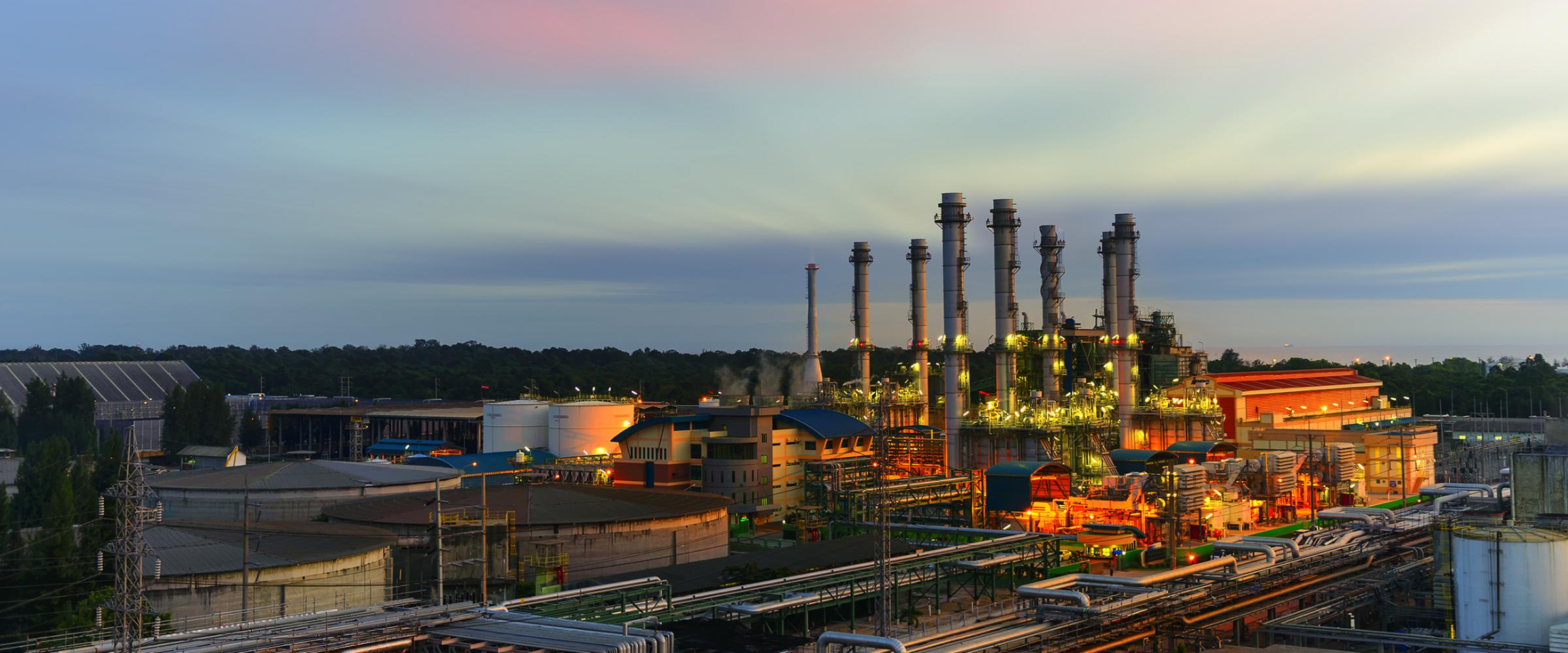
Berkeley Lab conducts unbiased analysis to evaluate the cost implications and environmental impacts of a wide range of energy technologies and strategies to support decision-making by groups.
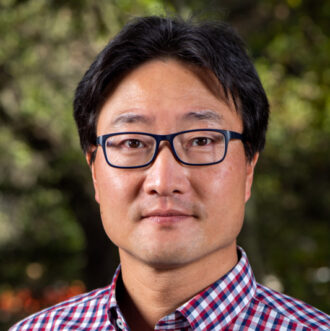
Taek Soon Lee is the director of Pathway and Metabolic Engineering at the Joint BioEnergy Institute (JBEI) and a staff scientist in the Biosciences Area. His research focuses on identifying potential drop-in biofuels and building and optimizing the metabolic pathway to produce these target fuels in microbes.
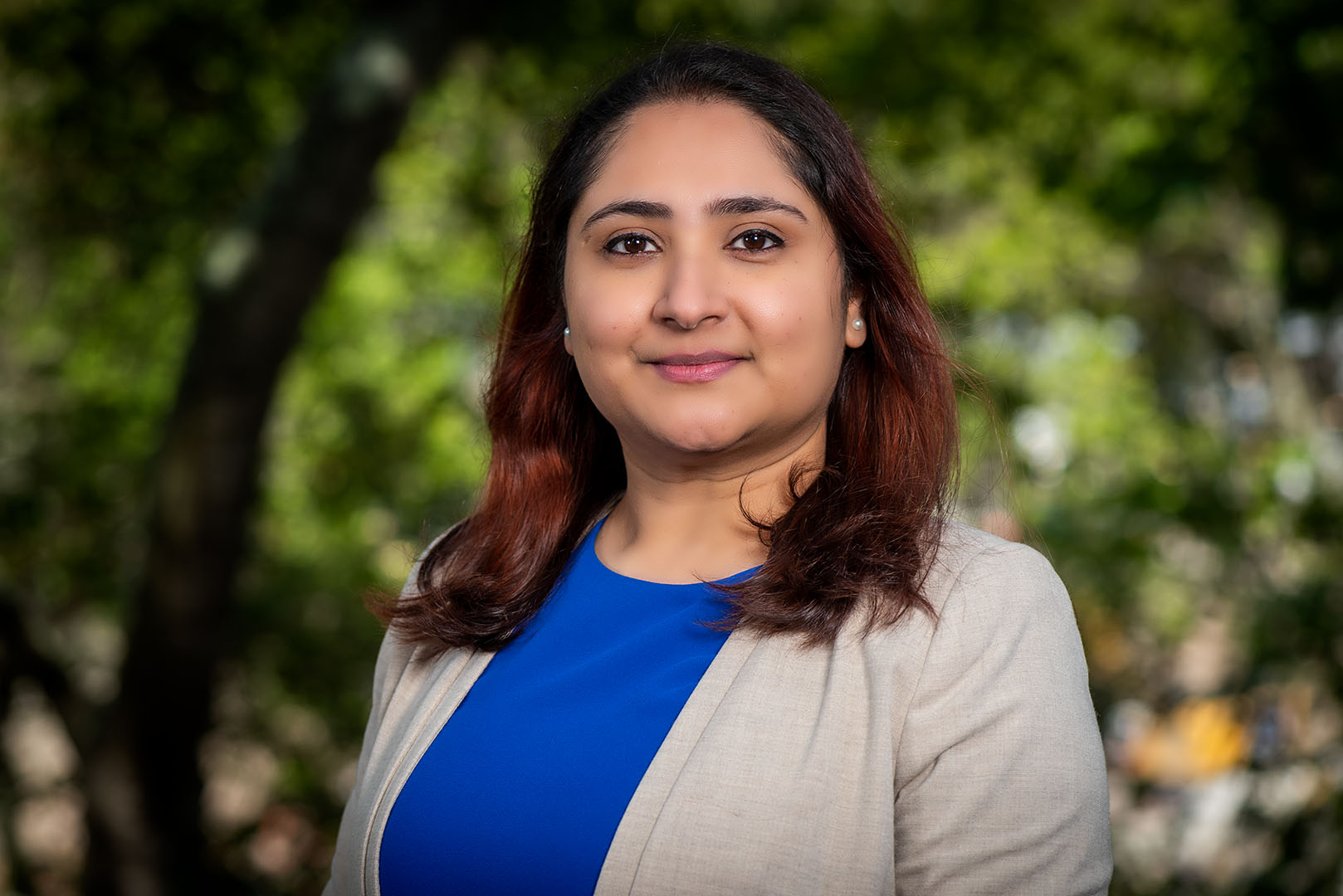
Deepika Awasthi is a project scientist in the Biological Systems and Engineering Division and in the Microbial & Enzyme Discovery group at JBEI. Her research focuses on bioenergy and biomanufacturing by combining synthetic biology and metabolic engineering to develop microbial systems for better utilization of biomass and gaseous one-carbon substrates.

Eric Sundstrom is a staff scientist within the Biosciences Area and leader of the fermentation team within the Advanced Biofuels and Bioproducts Process Development Unit (ABPDU). His research focuses on process development, integration, and scale-up for biomanufacturing, including development of sustainable aviation fuels and utilization of gaseous feedstocks.
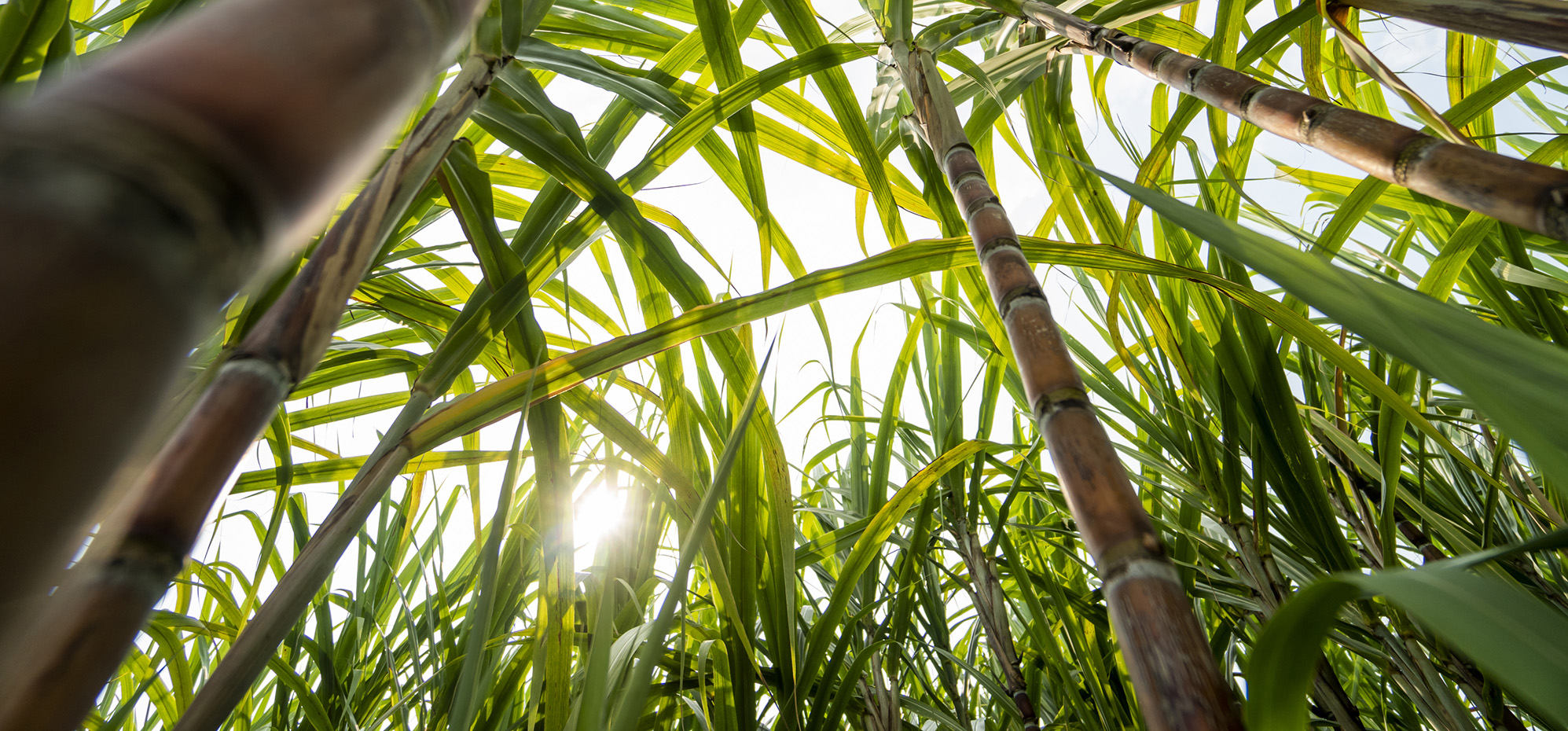

Scientists created a highly accurate reference genome for one of the most important modern crops and found a rare example of how genes confer disease resistance in plants. Exploring sugarcane’s genetic code could help researchers develop more resilient and productive crops, with implications for both sugar production and biofuels.
Bioscientist Anne Villacastin is using genetics to supercharge the growing power of sorghum, a cereal plant that humans have been cultivating for millennia. By adding genes from wheat, Villacastin and her colleagues at the Joint BioEnergy Institute are making sorghum strains that grow tall and robust with very little water, so farmers can produce large quantities of the crop at low cost and low environmental impact. In the near future, this sorghum could bolster global food supplies and serve as a carbon source for the production of affordable biofuels, which can help mitigate fossil-fuel driven climate change.
